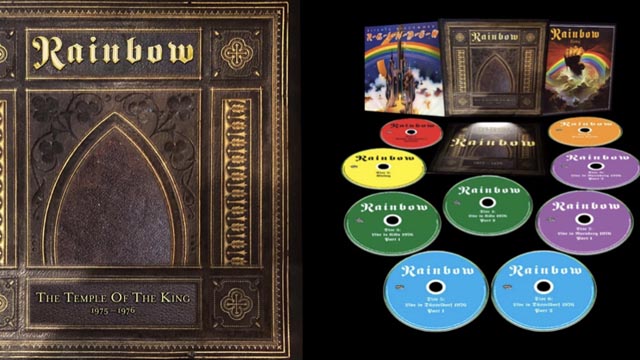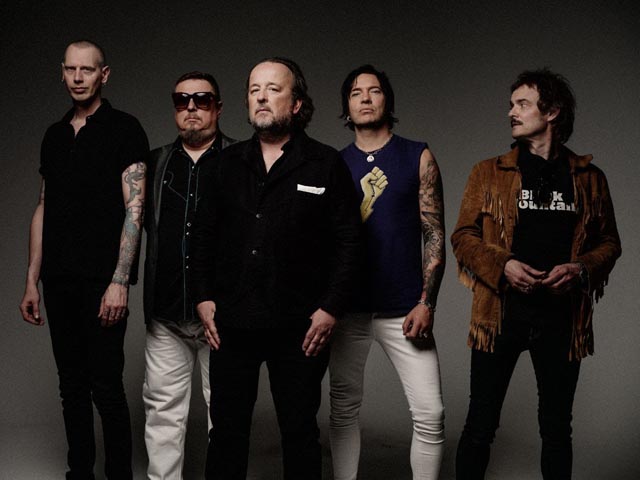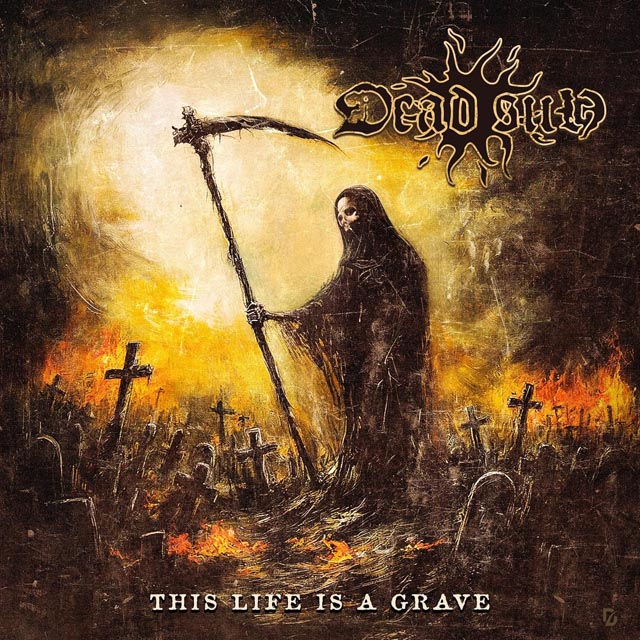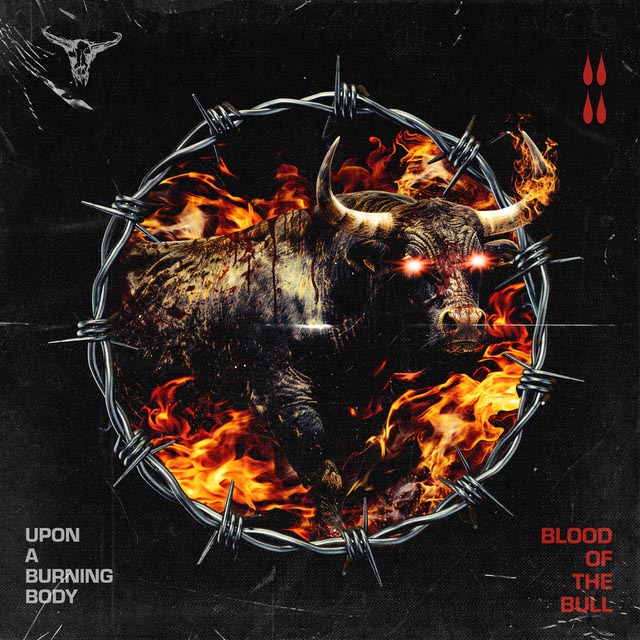 Joe Satriani needs no introduction, but we’ll give you one anyway. One of the best-known instrumental guitar players out there, he’s had a run of solo albums for over 20 years. He’s also designed guitars for Ibanez, launched the G3 Tour, and joined Chickenfoot, a collaboration with Sammy Hagar, Michael Anthony, and Chili Peppers drummer Chad Smith. With a new live album and DVD, Live In Paris: I Just Wanna Rock, in stores now, Satriani recently caught up with Metal Insider to talk about how the industry’s changed, what’s kept him on the same label for so long, and what it’s like designing a guitar.
Joe Satriani needs no introduction, but we’ll give you one anyway. One of the best-known instrumental guitar players out there, he’s had a run of solo albums for over 20 years. He’s also designed guitars for Ibanez, launched the G3 Tour, and joined Chickenfoot, a collaboration with Sammy Hagar, Michael Anthony, and Chili Peppers drummer Chad Smith. With a new live album and DVD, Live In Paris: I Just Wanna Rock, in stores now, Satriani recently caught up with Metal Insider to talk about how the industry’s changed, what’s kept him on the same label for so long, and what it’s like designing a guitar.
You’ve been on Epic for quite a long time. What’s kept you at the label?
What’s kept me at the label is artistic freedom. I signed with them when I was still at Relativity, which was where my original deal was. I signed with Epic before Sony really took over, but for another band I had with a vocalist. So I had that deal alongside the solo deal for a while. Once Sony really absorbed Relativity and they fell apart as a label for anything other than rap or urban music, Epic absorbed me. That process started around 1994. In fact, the day we released the eponymous Joe Satriani album, Relativity ceased to exist. It was a really bad situation for a record to come out without a label. Epic hadn’t started yet.
But the guys at Epic and Sony have been great. They ask me when I’m ready to record another record, they give me a recording budget, and ask me if I want an A&R person, and if I don’t, that’s ok. Then they do their best to promote it, and they do it worldwide. It’s been great.
How has the industry changed since you’ve been in it?
Well, I’ve got to say, being an old timer, and having been associated with labels for over 20 years, I miss the days when labels had a staff of 20 A&R people and lots of people doing the artwork, and a ton of press people. It was very creative, and a creative situation to be the guy that focused on the music. If you needed something, you could talk to these guys that had 40 years working with musicians. If you needed someone to play a banjo or a kazoo, they knew 16 people in the city you were in, and had made 6 records with them. They could connect you with creative people all over the place. In general, the A&R people were what you’d call ‘can do’ people, they were great at facilitating the aspirations of the artist.
As time went on, I realized that in this modern age, the artist is basically on their own. That’s ok, but there’s less camaraderie with the label, because the label is stressed. Ever since 1998, file sharing just changed the landscape. Nobody saw it coming to a certain extent, but then again, the muic business has never been anything but chaotic. I mean, in 1900, I don’t think people saw music publishing as destroying live music, but it did. When people started to buy sheet music and play pianos in their parlors, it killed the career of piano players in every music hall in every city. Then when recordings came out, that was a devastating blow. And every little form of media, from radio to television, has been a form of chaos on the music industry. All you have to do is take 10 minutes to reflect, and you realize it’s always been crazy.
How hands on are you when you design a guitar?
Completely hands on. I direct what kind of wood we’re using, the direction the pickups are taking, where every little knob goes, the radius of the fretboard, just about everything.
But how do you improve on something? I mean, if you make a guitar that’s to your specs exactly, why would you keep making them?
It’s never perfect. The first thing you realize is that it’s very much like making a record. You have to realize you’re never finished with a project, you only abandon it at the scheduled moment. Everything is a work in progress. The good thing is that it gives you an opportunity to tweak. I’ve been designing guitars for Ibanez for over 20 years, and it’s been great, because I’ve been able to form the guitar in a way that makes it feel so comfortable when I play it, and I get out of it what I really want. This year, we released a 24-fret model, which is two more than usual, and a signature acoustic, which I’ve never done before.
Joe Satriani Live In Paris: I Just Wanna Rock is in stores now












